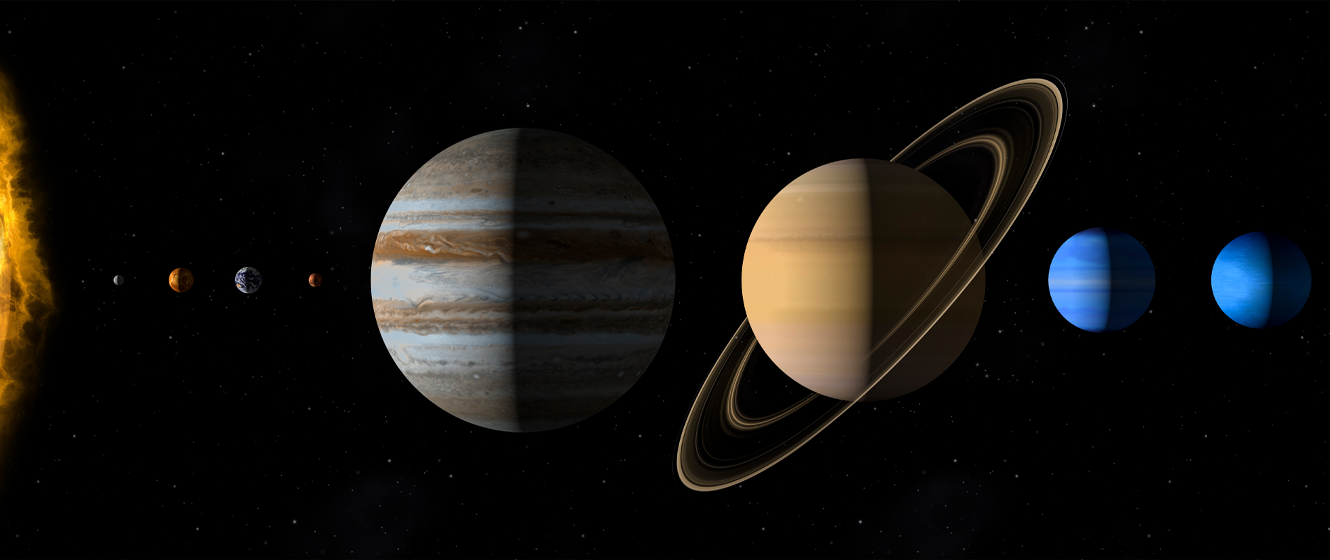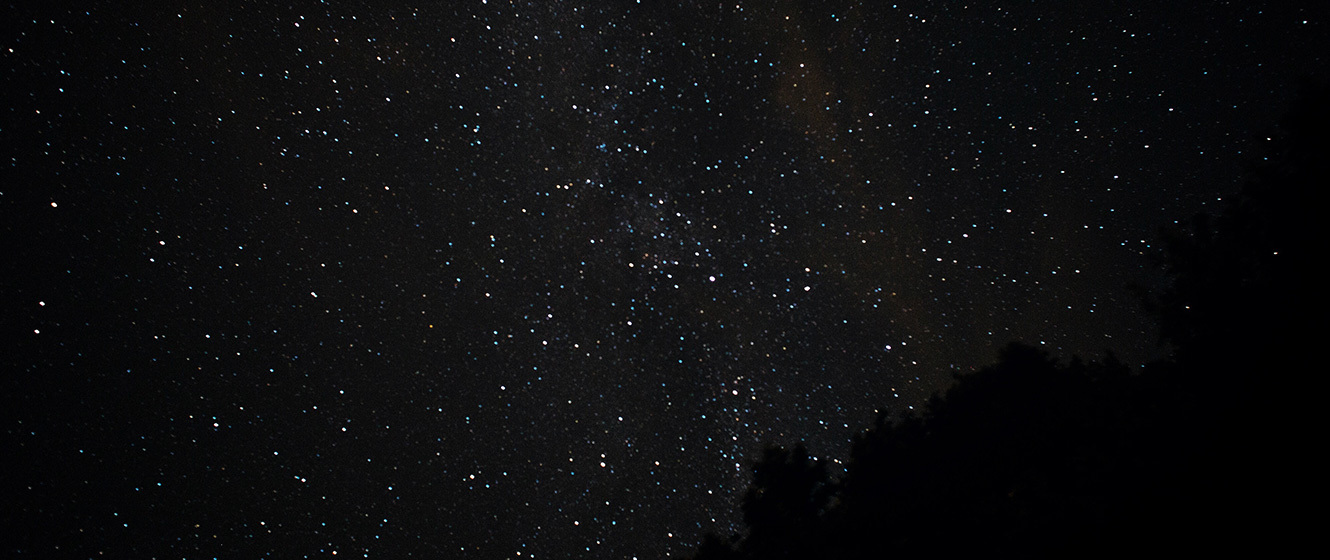naked eye
Exploring the Sky with the Naked Eye
Naked-eye astronomy is observing the cosmos directly with unaided vision without using telescopes, binoculars, or optical aids. It enables connecting with the night sky on a raw, unrestrained level as ancient peoples once did. The ethereal diamonds strewn overhead have fascinated every culture. What stellar treasures are visible without augmentation devices?
Surprisingly, various solar systems and deep space objects are discernible from Earth's naked eye. These include constellations mapped out in stars, individual stars down to sixth magnitude brightness, the central shining band of the Milky Way galaxy, five planets (Mercury, Venus, Mars, Jupiter, and Saturn), occasional comets, annual meteor showers, and even a handful of external galaxies under exceptional dark sky conditions. Familiarizing yourself with the range of naked eye phenomena occurring throughout the year requires finding a sufficiently dark vantage point and understanding optimal visibility timing.
Since city lights severely degrade naked eye nightscapes, locating a remote dark sky observation point away from urban artificial illumination proves essential. National and state parks, wilderness preserves, rural campgrounds, beaches, and deserts offer optimally dark backgrounds. Get to your spot early to find a comfortable, wide-open area with a good view. Then, wait until it's completely dark and your eyes adjust to see the fantastic show of stars above. The feeling of being tiny under the vast sky never gets old.
What techniques assist naked-eye viewing? Avoid looking at bright lights for at least 30 minutes before so your eyes can fully adapt to night vision. Let the retinas gradually adjust for 20 minutes to expand light receptors and neural sensitivity. Reclining flat on your back provides an unobstructed window into deep space straight above. Utilize peripheral averted vision by gazing indirectly at dimmer phenomena so light hits the rod-rich peripheral retina optimized for night sights at the edges of clarity.
Apps and smartphones have transformed naked eye astronomy as well. Digital planetarium software provides quick, guided direction to major naked eye events visible on specific dates and locations. Clever augmented reality modes overlay constellations and planets in real-time by pointing phone cameras overhead. Long-exposure night photography modes even capture images the unaided eye misses using mobile cameras in new ways. So technology assists in getting oriented, but observing remains direct and primal.
What would be the main reason to have star-gazing without a telescope, a permanent activity that we hold lifelong? As a result, it makes us feel part of the same marvelous universe that, even from the most profound darkest times, humans admired. Looking without equipment, just at the stars, reminds us how small we are even if we get used to our significance in the universe. Getting familiar with the prominent constellations available to view each season and looking up to watch the shooting stars phenomenon and the planetary alignment can provide families with great outdoor moments.
So pull out that old sleeping bag this weekend, escape city lights, lay back, and relax into the galaxy's nurturing visual embrace. Let naked eye star-hopping rekindle your innocence and ignite that primal spark of wonder still glowing within us all.

The Beauty of the Sky
Discover the exquisite colors of our solar system's planets that never stop revealing their secrets to composition and atmospheric studies. Jupiter's orange, brown, and white bands, including the famed Great Red Spot, are an iconic mark of its active atmosphere. Venus, resembling Earth's sister, mainly appears yellowish-white since the sulphuric acid atmosphere and the thick cloud cover is full around it. The fourth planet from the Sun, the rusty planet Mars, shows this red coloration due to iron oxide in its soil. In Saturn, yellow-brown tones are illuminated by its massive rings, while Uranus and Neptune, the striking shades of blue and cyan, are caused by absorbing methane so we can see the icy textures. More than eye-catching, these colors give away the details of each planet's status and composition, demystifying the unknown about our celestial neighbors and contributing to cosmic discoveries.

What do you notice on the moon? Take an enchanting moon tour to unfold the attractive craters that conceal the beauty of Earth's sibling. The remnants of past volcanisms that painted the surface with the seas' like Mare Tranquillitatis and Oceanus Procellarum, and the mysterious dichotomy of Earthshine on the Moon's dark surface during crescent phases are some of them. Dive into the porous surface, spotting huge and sharp craters, for example, Tycho and Copernicus, up close even with ordinary binoculars. Unfold the best sequence of visibility of craters from crescent to gibbous phases when shadows make them more noticeable. Each lunar phase reveals something different, ranging from the Crisium Sea during the Young Moons to the Imbrium Sea and the Apennines mountain chain as the days turn into the third week. Observe the enormous Moon, which is glowing with notable craters such as Copernicus and Kepler, and the mysterious regions of Grimaldi. Enjoy how sunset and sunrise transform alongside the lunar cycle and get ideas from the ever-changing perspectives each night, leaving you with a wide range of images of the Moon from each viewing.

Hunt for a fantastic exploration on observing planets with the unaided eye; the adventurous opportunity of naked eye planet searches awaits, a thrilling adventure that lets you enjoy such exciting views of Mercury, Venus, Mars, Jupiter, and Saturn without needing any space equipment. Try dissecting Orion's Constellation and Ursa Major's using star maps or stargazing apps to dive into the beauty of the night sky. Ideal viewing times are after sunset or in locations that contrast the sky and the ground.
Observing planets necessitates the optimal conditions under which the light pollution caused by urban areas could be minimized. Stars twinkle, but planets like the "Evening Star" or "Morning Star" shine steadily without moving. Jupiter and Saturn, the brightest objects in the night sky, allow you to immerse yourself in their constantly changing positions relative to Earth. Carry your adventure further with binoculars and see Jupiter's four largest moons in great detail. Wind your way to places with minimum light pollution for a surreal experience and deepened nourishment by witnessing the splendorous dance of the planets through the celestial sphere.






